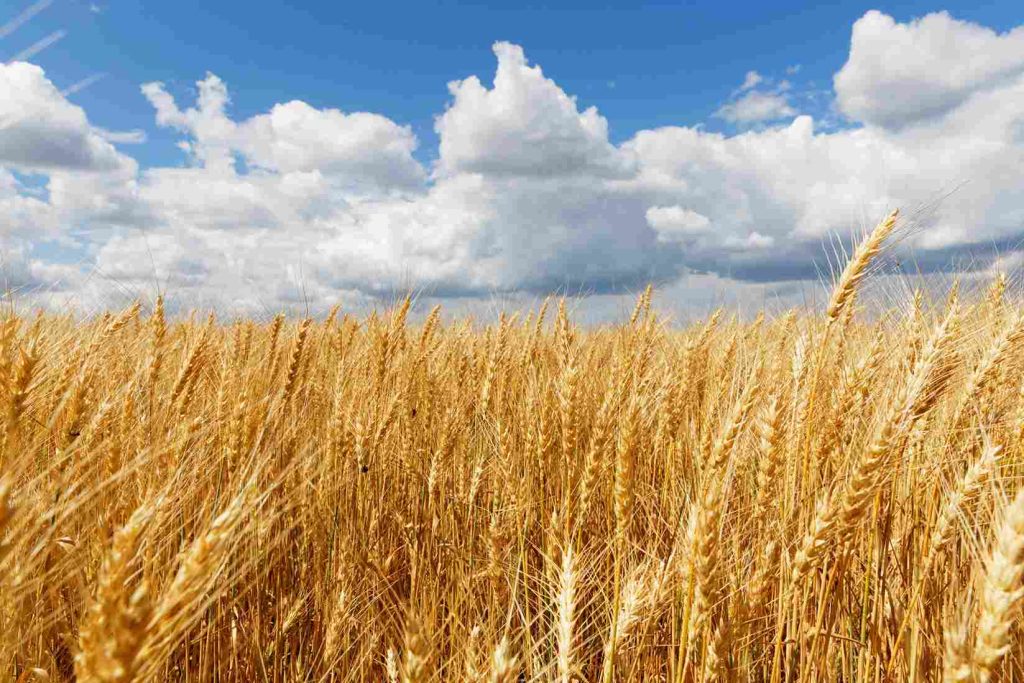Tillage is a crucial factor for wheat farming in Australia. It directly affects the quality of the soil, the availability of nutrients for the wheat plants and the control of weed growth. These factors significantly determine the overall yield of wheat crops.
In Australia, the main crop grown during the winter is wheat. Farmers start planting it in the fall and harvest it in the spring and summer, depending on how the weather behaves.
The major states involved in wheat production are Western Australia, Queensland, New South Wales, Victoria, and South Australia.
How Conservation Tillage Impacts Wheat Yield?
What is Conservation Tillage?
Conservation tillage is a farming method that involves minimising the amount of soil disturbance through reduced tilling. Its objective is to preserve the way soil naturally forms and is made up, conserve moisture, decrease the amount of runoff, and prevent excessive erosion. and enhance its overall health.
Kelly Tillage is fully committed to promoting conservation tillage . Our products are specifically designed for shallow tillage, as we recognise that deep tilling can have detrimental effects on soil health.
1) Soil Erosion
Excessive tilling means increased soil erosion. This will lose the top layer of soil, which is important for growing wheat because it has all the nutrients it needs. When this top layer erodes, it not only makes the soil less fertile but also exposes a lower layer that is not as good for growing crops.
This is bad news for wheat because it needs the nutrients found in the top layer to grow well. So, when soil erosion happens, it can reduce the amount of wheat that can be grown and lower the yield.
Practising conservation tillage will enhance surface roughness by leaving crop residues on the soil surface. This has a positive impact on reducing soil erosion.
The increased roughness slows down the movement of water across the field, resulting in decreased surface runoff velocity. As a result, water has more time to infiltrate into the soil, minimising the risk of erosion.
3) Retains Nutrients
When wheat residues are left undisturbed on the soil surface, they gradually undergo a natural process known as decomposition.
This process involves the breakdown of organic materials by microorganisms such as bacteria and fungi, resulting in the conversion of complex compounds into simpler forms.
As decomposition progresses, various nutrients present in the wheat residues, including potassium and phosphorus are released into the soil.
The decomposition of wheat residues plays a significant role in the formation and enrichment of organic matter within the soil.
- The presence of organic matter supplies an essential source of carbon, facilitating the growth and functioning of tiny organisms. The compounds produced by these microorganisms aid in the aggregation of soil particles, resulting in improved soil stability.
- It helps soil particles stick together. This process improves the overall structure of the soil.
- Higher organic matter content in soils improves water infiltration and storage of wheat crops.
3) Decreases Weed Growth
Adopting conservation tillage will leave crop residues on the soil surface that serves as a natural mulch, creating a layer of organic matter.
This layer plays a crucial role in suppressing weed seed germination and emergence by obstructing their exposure to sunlight.
Consequently, it acts as a physical barrier that effectively hinders the growth of weeds.
4) Moisture Retention
Conservation tillage techniques, such as reduced tillage, can be helpful for wheat growth. When farmers leave the crop residue on the soil instead of disturbing it too much, it decreases evaporation.
This increases the moisture in the soil for wheat plants to thrive and produce a higher yield.
Kelly Tillage Diamond Harrows: Tilling all Soils of the Australian Land!
Loamy Soil For Wheat
Ideal conditions for the growth of all wheat varieties are found in well-drained loamy soils, which primarily consist of sand, silt, and a lesser proportion of clay.
Loamy soil is naturally well-drained and aerated, but it can become compacted by heavy machinery or repeated foot traffic. This compaction can reduce drainage and aeration, which can negatively affect plant growth.
Minimum Tillage can be used to reduce compaction by breaking up the soil, allowing air and water to penetrate more easily. This improves drainage and aeration, which can help plants grow better. Soil with a pH of 5-7 is considered good for cultivation.
Clay Soils For Canola
Western Australia dominates Canola production in Australia, accounting for more than half of the country’s annual output of 4 million tonnes. Clay soils are commonly favoured over sandy soils due to their superior water-holding capacity.
Canola is prone to insect attack. The prominent mites are blue oat mite, cutworms and redlegged mite therefore tillage proves to be a best solution to it.
Practising it helps control pests and diseases by burying leftover plant material that can contain harmful germs or provide a home for pests.
Black Wooded Soil For Oats
Oats grow best in black and grey wooded soils that are moist. However, they can also grow in different types of soil like sandy loam or heavy clay, as long as the soil drains well.
Tillage has the potential to enhance soil drainage. By breaking up compacted layers and creating channels, excess water can drain away more easily. This prevents the soil from becoming waterlogged and allows for better air circulation in the soil.
Conclusion
The implementation of conservation tillage techniques in Australia has proven to have a positive impact on wheat yield. By reducing soil erosion, enhancing water retention, and promoting soil health, conservation tillage has created an ideal growing environment for wheat crops.
As a result, farmers have experienced improved productivity and higher yields. Practicing conservation tillage, farmers can grow more food while also taking care of the land for the long term.


